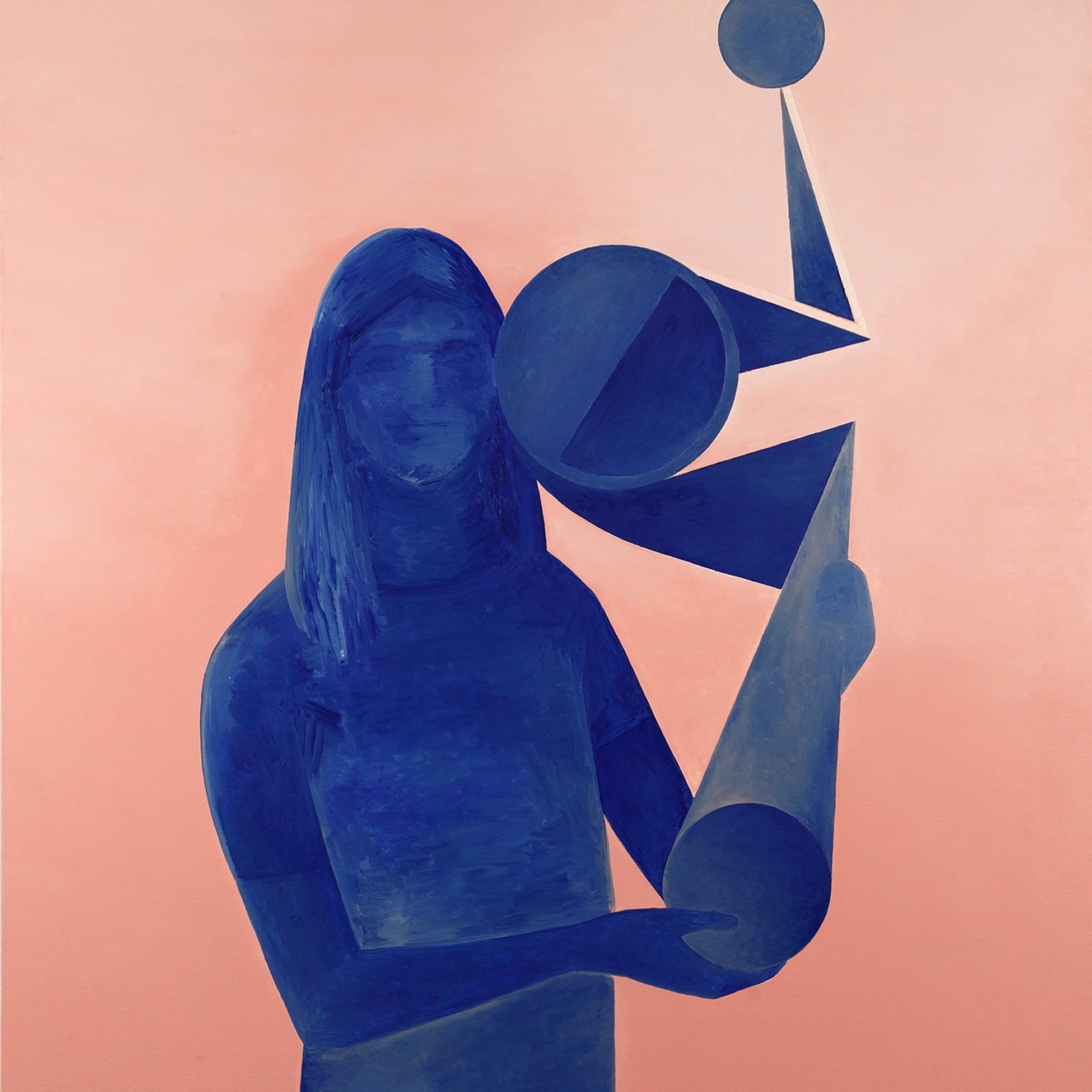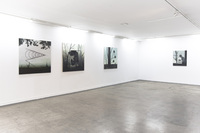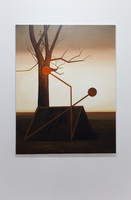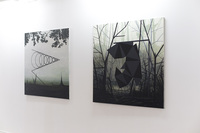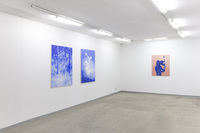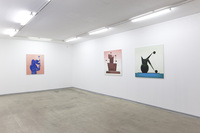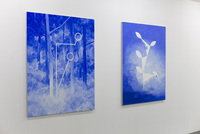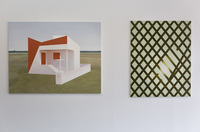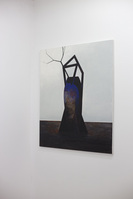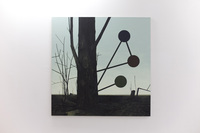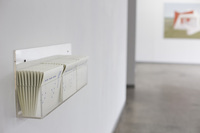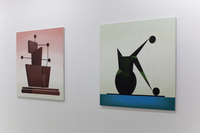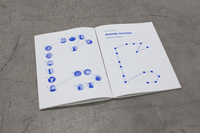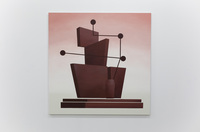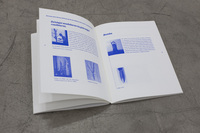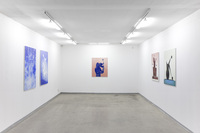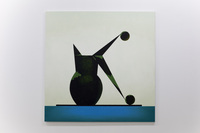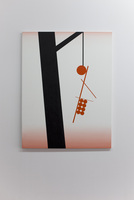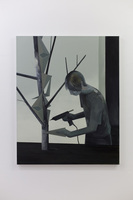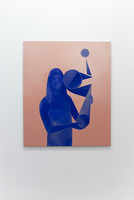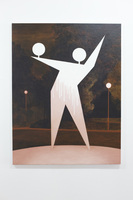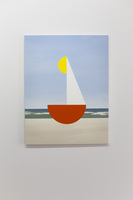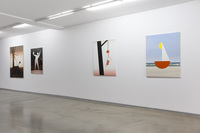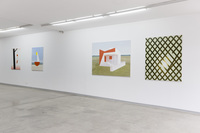Wystawa Dowody rzeczowe składa się z najnowszych obrazów Andrzeja Tobisa tworzących cykl, którego motywem spajającym są wymyślone, hipotetyczne rzeźby geometryczne. Dowody rzeczowe to zarazem powrót artysty do medium malarstwa.
Podobnie jak w poprzednim cyklu A-Z (Gabloty edukacyjne), nowe prace Tobisa są pełne odniesień do zjawisk i wydarzeń z codziennego życia oraz do historii sztuki i układają się w wizualne śledztwo. To jak najbardziej „przygodowe" malarstwo, wzbogacone zostało w przewodnik po wystawie, stanowiący integralną część pokazu, z tekstem artysty i zaprogramowaną trasą oglądania.
Jak komentuje Andrzej Tobis: „Dowód rzeczowy to termin kojarzący się bardziej z kryminalistyką, niż malarstwem. Jednak zarówno zbrodnia, jak i obraz rodzą się w ludzkim umyśle. Czy zbrodnię popełnioną jedynie w umyśle można w ogóle nazwać zbrodnią? Myślę, że można ją tak nazwać dokładnie w takim samym stopniu, w jakim obraz może być jej dowodem. Dowód rzeczowy to po angielsku exhibit. Może w kulturze anglosaskiej kryminalistyka i sztuka nie są od siebie aż tak odległe jak w kulturze polskiej? W swoich obrazach nie zajmuję się jednak kryminalistyką i zbrodniami, lecz myślami. Chyba, że uznamy za zbrodnię pojawienie się jakiejkolwiek myśli w jakimkolwiek umyśle.
Mam nadzieję, że obrazy pokazane na wystawie są dowodem rzeczowym na to, że myśl pojawia się czasem w moim umyśle. Jeśli tak nie jest, wszystkie dowody uznać należy za sfabrykowane.
Bohaterem wszystkich obrazów jest rzeźba. Za każdym razem inna, ale zawsze geometryczna i na ogół abstrakcyjna. Każda rzeźba została wymyślona przeze mnie, a obraz na którym jest przedstawiona jest jedynym rzeczowym dowodem jej istnienia. Każda rzeźba jest więc myślą, która w moim umyśle przybrała mniej lub bardziej abstrakcyjno-geometryczny kształt".
Andrzej Tobis (ur. 1970) - artysta wizualny używający m.in. medium malarstwa i fotografii. Ukończył Akademię Sztuk Pięknych w Katowicach, gdzie obecnie prowadzi Pracownię Malarstwa. Jego prace pokazywane były na wielu wystawach indywidualnych i zbiorowych w kraju i za granicą. Mieszka w Katowicach.
